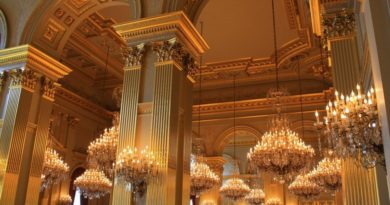9 interesting facts about the European Parliament
Once upon a time in Western Europe, six countries decided to form an organisation called the European Coal and Steel Community or the ECSC.
It was the beginning of the 1950s, and Europe was still reeling from the trauma of World War II. In a bid to prevent another war, the founders of the ECSC sought to centralise the regulation of the two major industries involved in producing war ammunitions, coal and steel.
Thus, in 1951, Belgium, France, Italy, Luxembourg, the Netherlands, and West Germany signed a treaty in Paris establishing the ECSC, the very first seed that would blossom into the great European Union.
It was in the same period that the European Parliament was born. But in those days, it was called the Common Assembly, one of four initial institutions created to administer the ECSC. The three others were the Council of Ministers, the Court of Justice, and the High Authority, which we now call the European Commission.
The European Parliament has grown in size and power through the years with more and more countries joining the European integration. It has certainly come a long way since its days as the Common Assembly. Just how far? Here are some interesting facts to give you an idea.
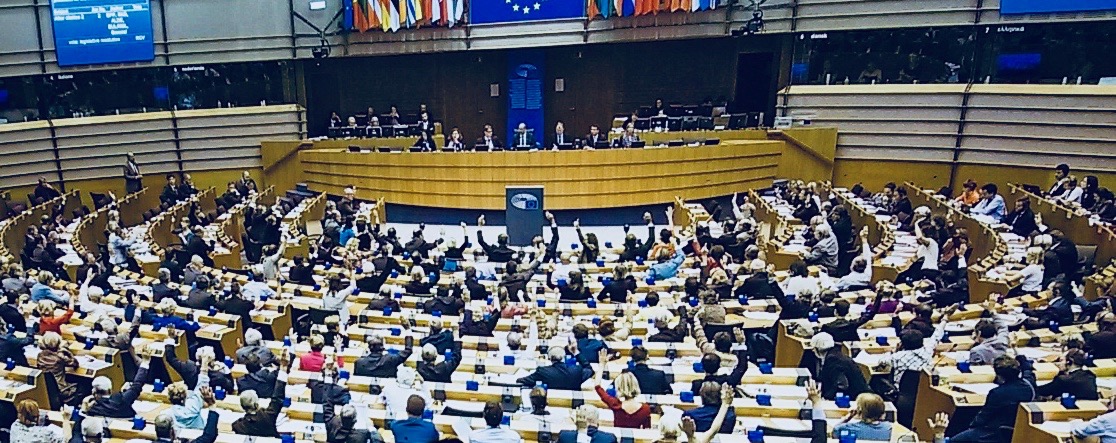
1. The European Parliament is the largest and only directly-elected international body in the world
With more than 700 members representing over 400 million citizens from 27 EU member states, no other international body in the world can beat the size of the European Parliament.
Since the first parliamentary elections of 1979, the European Parliament has also become the only international assembly with directly-elected members, both in the EU and in the whole world.
2. But it started out as a mere consultative body with no significant powers
The European Parliament comes from very humble beginnings. During its infant years, it functioned simply as a consultative body without any real power except to supervise the High Authority.
The first Common Assembly was composed of 78 appointees from the six member states of the ECSC. Its first president was Paul-Henri Spaak, former Prime Minister of Belgium.
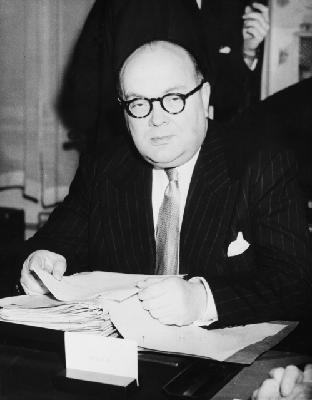
3. It has undergone two name changes
In 1958, the Common Assembly changed its name to the European Parliamentary Assembly. However, it remained a consultative body of appointed members.
During this period, two additional European bodies were formed to function alongside the ECSC: the European Economic Community (ECC) and the European Atomic Energy Community (Euratom).
The European Parliamentary Assembly served as a consultative body for the three organisations, which all together came to be called the European Communities (EC).
In 1962, the Assembly finally assumed its current name, the European Parliament. But it didn’t see any significant increase in powers until the 1970s.
4. The first European Parliament elections were held in June 1979
By the 1970s, the European Communities already had six administrative bodies. The European Council and the Court of Auditors were added to the already existing High Authority, now called the Commission, the European Parliament, the Council of Ministers, and the Court of Justice.
But none of the members of these bodies were directly elected to the European Communities. The obvious lack of democratic mechanisms fuelled the need for parliamentary elections.
The 1967 Commission led by Belgian politician Jean Rey launched the campaign for European Parliament elections. The act calling for elections every five years was adopted in 1976.
Finally, in June 1979, the first European Parliament elections were held, and 410 Members of the European Parliament or MEPs were elected from nine countries. By this time, Britain, Denmark, and Ireland had joined the European Communities.
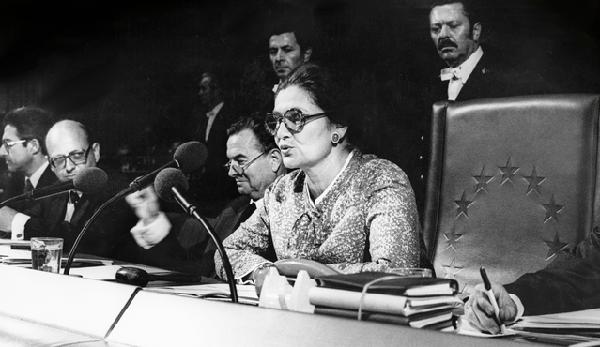
5. The very first president of the elected European Parliament was a woman
In the entire history of the European Parliament, 30 people have served as president of the assembly. Only two of them were women, both from France.
Simone Veil of the Liberals and Democrats became the very first president of the elected European Parliament in 1979. Nicole Fontaine of the European People’s Party occupied the position from 1999 to 2002.
6. The European Parliament was at its largest from 2007 to 2009
In 2007, the European Parliament reached its highest number of 785 MEPs when Romania and Bulgaria joined the European Communities, which was already called the European Union by then.
The Treaty of Lisbon, which came into force in December 2009, set a maximum number of 751 MEPs. No EU country can have more than 96 seats or less than 6 seats, according to the treaty.
The European Parliament shrank in size when Brexit happened. The departure of 73 MEPs from the United Kingdom reduced the number of parliamentary seats from 751 to 705.
7. The 3 oldest political groups in the European Parliament are the EPP, S&D, ALDE
The transnational political groups forming the Christian democrats, the socialists, and the liberals in the EU have been around since the early beginnings of the European Parliament.
In 1953, the centre-right Christian democrats and conservatives began organising themselves into the Christian Democratic Group and later changed their name to European People’s Party (EPP). The centre-left social-democratic parties formed the Socialist Group, now known as the Progressive Alliance of Socialists and Democrats (S&D). And the liberals and democrats assembled under the Liberal Group, which we now call the Alliance of Liberals and Democrats for Europe (ALDE).
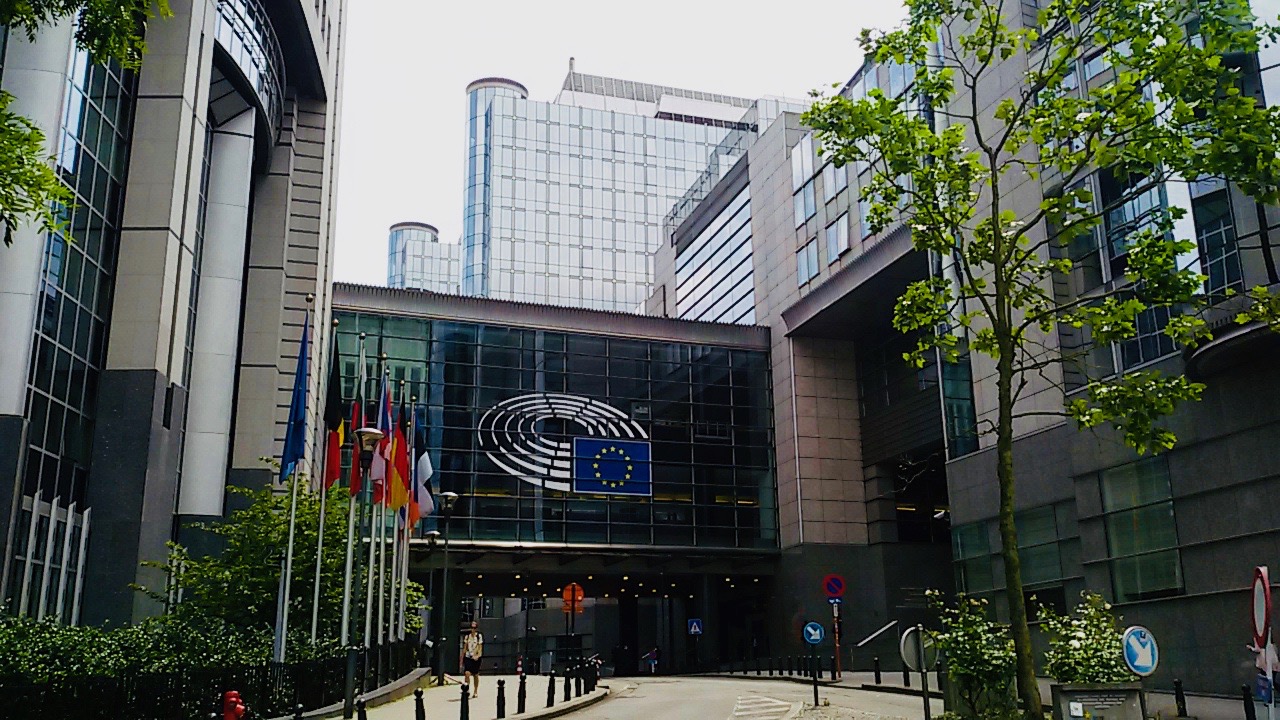
8. The European Parliament has three official headquarters
Brussels, Strasbourg, and Luxembourg are the three official cities of the European Parliament, but Strasbourg is considered the main seat.
MEPs hold their monthly plenary sessions in Strasbourg. Additional plenary sessions and meetings of parliamentary committees and political groups take place in Brussels. The European Parliament’s Secretariat is located in Luxembourg.
9. The European Parliament is the official watchdog of the European Commission
From a consultative body with no significant powers, the European Parliament has flourished into a formidable EU institution.
Aside from having legislative powers in more than 80 different policy areas, the European Parliament can also approve or reject EU budget proposals.
Above all, as the only directly-elected institution of the EU, the European Parliament alone has the right of democratic control over the European Commission. According to the EU constitution, MEPs not only get to decide who will sit in the European Commission. They can also question and challenge commissioners’ decisions and actions. And if it calls for it, EU lawmakers can even issue a vote of censure to dismiss an entire commission.
This article has been updated to factor in the developments after Brexit.



